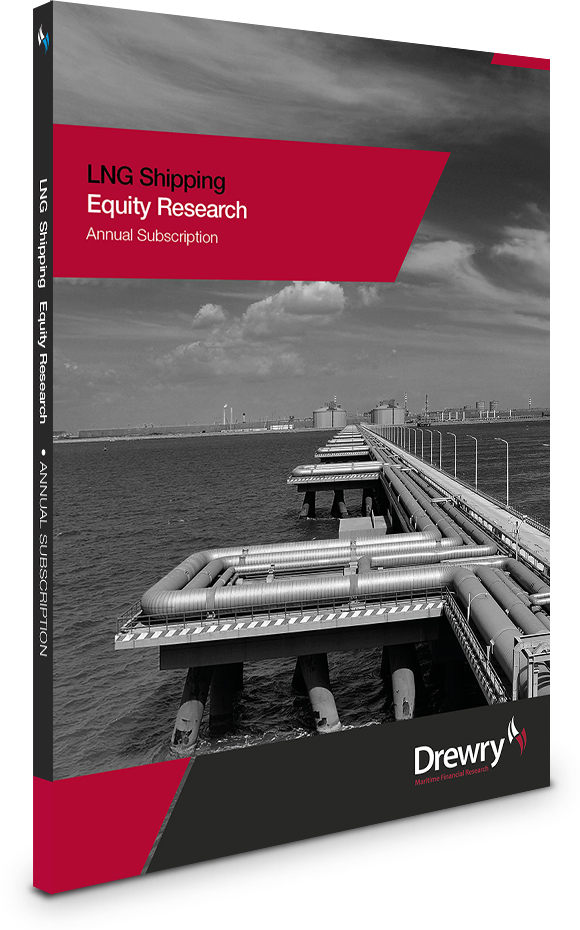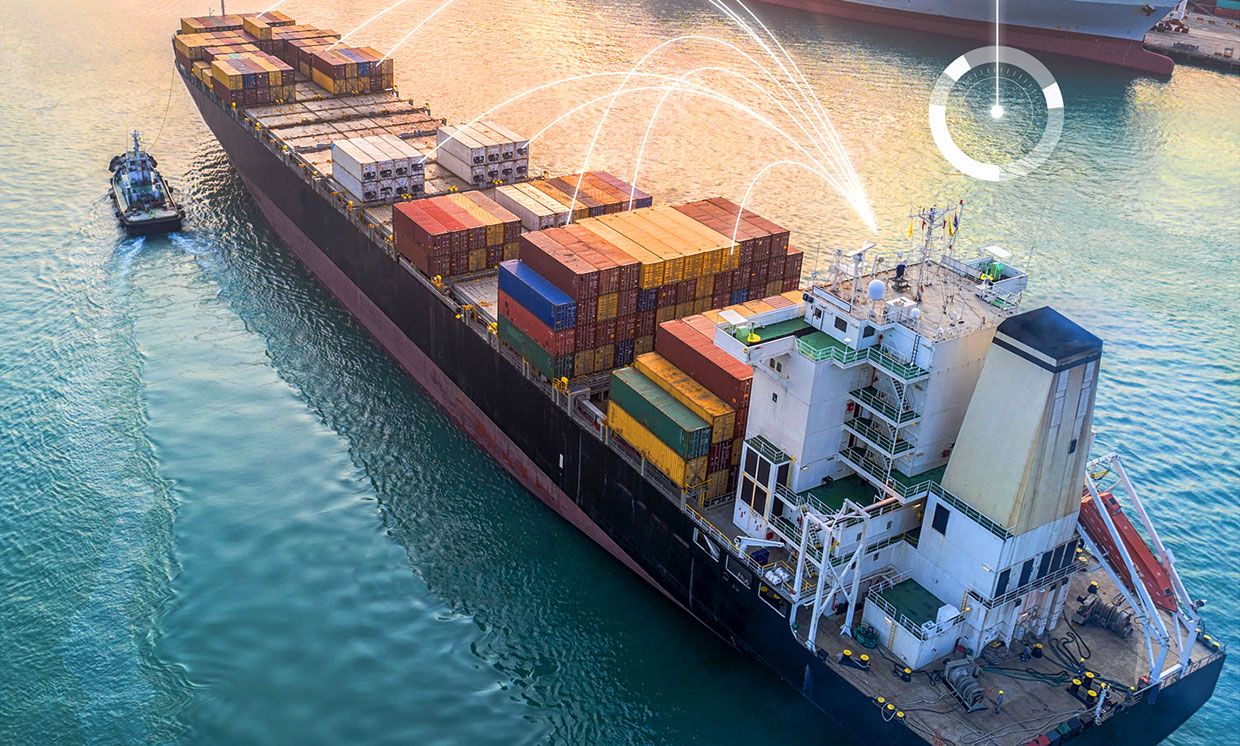
If the global economy continues to recover, these volumes are likely to pick up as demand rises from both developed and emerging markets. In a weak market there is a strong likelihood of vessels being scrapped early. Articles Discover More. Practice area: Shipping Industry: Transport. While a number of these banks remain active in the market, they are nonetheless actively trying to downsize their portfolios. The shipping industry has struggled over the past few years, while several high-profile companies have gone bankrupt. Additionally, speed of the global fleet and periods of congestion may affect the freight rates.
We’ve detected unusual activity from your computer network
As the preferred partner for investors seeking exposure to the maritime sector, we provide unique Investment opportunities and have access to the market through the extensive network of the Offen Group. Our in-depth industry knowledge and management experience in the maritime sector are the basis for our business. Through our extensive network, which includes Banks, Brokers, Charterers, KG Houses and Shipyards, we ibvestment evaluate attractive investment opportunities in a defined process that includes the shipping industry investment publication steps, 1 identification of opportunities, 2 optimization of capital structure, and 3 creation of a detailed Investment Proposal for investors. Supported by the expertise of the Offen Group, CPO Investments offers efficient deal execution services for every process stage from deal generation until closing. The network inudstry our partners is the basis for a best in class due diligence of new projects. We can also evaluate tax and legally optimized structures tailored to the individual needs of our investors.
Traditional bank debt

According to the Ministry of Shipping, around 95 per cent of India’s trading by volume and 70 per cent by value is done through maritime transport. India has 12 major and notified minor and intermediate ports. Under the National Perspective Plan for Sagarmala, six new mega ports will be developed in the country. India is the sixteenth largest maritime country in the world, with a coastline of about 7, km. The Indian Government plays an important role in supporting the ports sector. It has allowed Foreign Direct Investment FDI of up to per cent under the automatic route for port and harbour construction and maintenance projects.
Invest in Shipping Stocks, ETFs and ADRs
According to the Ministry of Shipping, around 95 per cent of India’s trading by volume and 70 per cent by value is done through maritime transport. India has 12 major and notified minor and intermediate ports. Under the National Perspective Plan for Sagarmala, six new mega ports will be developed in the country. India is the sixteenth largest maritime country in the world, with a coastline of about 7, km. The Indian Government plays an important role in supporting the ports sector.
It has allowed Foreign Direct Investment FDI of up to per cent under the automatic route for port and harbour construction and maintenance projects.
It has also facilitated a year tax holiday to enterprises that develop, maintain and operate ports, inland waterways and inland ports.
During FY18, cargo traffic at major ports in the country was reported at In FY19 traffic has increased 2. Cargo traffic at non-major ports was estimated at The major ports had a capacity of 1, million tonnes by FY18 end. The Maritime Agenda has a target of 3, MT of port capacity. The government has taken several measures to improve operational efficiency through mechanisation, deepening the draft and speedy evacuations.
Some of the major initiatives taken by the government to promote the ports sector in India are as follows:. Increasing investments and cargo traffic point towards a healthy outlook for the Indian ports sector. The capacity addition at ports is expected to grow at a CAGR of per cent tillthereby adding MT of capacity. Under the Sagarmala Programme, the government has envisioned a total of projects for modernisation of ports involving an investment of Rs 1.
Ministry of Shipping has set a target capacity of over 3, MMT bywhich would be driven by participation from the private sector. Non-major ports are expected to generate over 50 per cent of this capacity. Disclaimer: This information has been collected through secondary research and IBEF is not responsible for any errors in the. From smart water pumps to drones: Technology is changing Indian farms! Alok Kirloskar, Executive Director, Kirloskar Brothers Limited Disruptive technologies and innovations in application engineering are fast shipping industry investment publication farming practices in India.
From preparing the land to sowing, to reaping and mentori And with the current pace of growth, India is not far from becoming the leading handset m Solar energy generation in India: Lighting lives! Started in the early s, the process of crea Driven by progressive regulatory policies and increased use of mobi The Indian Hotel Industry, Sunshine Ahead IBEF, Knowledge Centre Ever expanding domestic tourism, increasing foreign tourist arrivals, forex earnings growth, high airline passenger numbers and muted supply growth has put the Indian hot It initially launched Foodiebay.
Already a member? Please enable Javascript for full functionality. Browse Media Trends Reports. The Indian Government is ensuring that the trading community has access to the best features. Introduction According to the Ministry of Shipping, around 95 per cent of India’s trading by volume and 70 per cent by value is done through maritime transport India has 12 major and notified minor and intermediate ports. Market Size During FY18, cargo traffic at major ports in the country was reported at The zones would be converted into manufacturing hubs, supported by port modernisation projects, and could span — km of the coastline.
In MayMinistry of Shipping allowed foreign flagged ships to carry containers for transshipment. In Marcha revised Model Concession Agreement MCA was approved to make port projects more investor-friendly and make investment climate in the sector more attractive. Increased efficiency has led three times increase in net profits of major ports between FY Turnaround time at major ports reduced to 64 hours in FY18 from 94 hours in FY Under the project, initiatives were identified out of which 91 initiatives have been implemented as of November Road Ahead Increasing investments and cargo traffic point towards a healthy outlook for the Indian ports sector.
Ports India Major Ports. Enjoy FREE subscriptions downloads, updates and. Error Already a member?
Publication December 19, Employment and labor. In the years following the global financial crisis new ship finance structures have been developed and new sources of finance have become available to the industry. By Justin Kuepper. The changes in the depreciation profile over market cycles give a view on what the market perceives as the expected working life of the vessel. Many of these transactions have involved the US and Norwegian capital markets, with the Norwegian bond market being seen as particularly favourable for shipping assets. Exchange-traded funds. Caswell and Christopher S. Leading the way are the US investment firms which last year invested in over 75 vessels, partnered with a number of shipping industry investment publication shipping companies, purchased significant amounts of debt from traditional shipping banks and participated in the five US shipping-related IPOs. Recent publications. In a strong market, owners anticipating good returns are more willing to spend resources in extending the life of the vessel, and this is reflected in the shape of the curve. Subscribe and stay up to date with the latest legal news, information and events This downward trend has continued with syndicated marine lending shipping and offshore totalling c. It was recently announced that HSH is close to a sale of the viable sections of its shipping business, with reports that private equity groups Apollo, Cerberus and J. Tools and indicators that aid a participant in timing the markets, especially in times of high volatility, are much sought. There are many different ways for investors to build exposure to the shipping industry into their portfolios, including the use of both funds and individual equities. This sentiment was voiced at many shipping conferences last year:.

Comments
Post a Comment